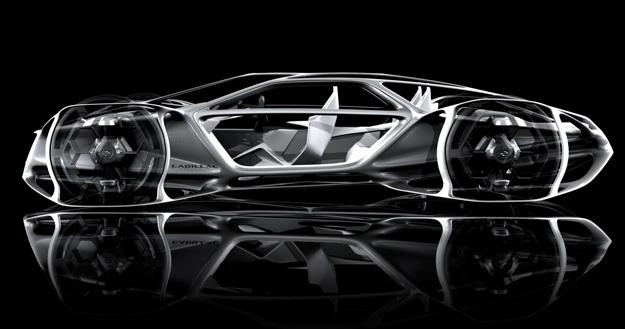
For gearheads, there aren’t many experiences out there that can stack up to the rush of adrenaline, or visceral pleasure getting behind the wheel of a car can evoke (at least none appropriate enough to write about here). But despite our undying affection for driving, we’re just as excited for the day to come when technology makes it so we don’t always have to — letting our four-wheeled friend do all the work in our stead.
That day might be upon us sooner than we imagined — at least, sort of. But until that time comes, luxury marquee Cadillac has announced it is road testing semi-autonomous technology called “Super Cruise,” which contrary to popular belief is not a suped-up reboot of actor Tom Cruise. Rather, Cadillac’s s Super Cruise will allow for fully automatic steering, breaking, and lane-centering in highway driving under “certain optimal conditions.”
No explanation of what these “optimal conditions” refer to, but our best guess points to limitations of the surrounding environment, including weather and visibility of lane markings to name but a few. Semi- autonomous technology – like the kind Cadillac is developing with Super Cruise — could also depend on whether or not surrounding vehicles had similar systems in place to effectively “talk” amongst one another.
“Super Cruise has the potential to improve driver performance and enjoyment,” said Don Butler, vice president of Cadillac marketing. “Our goal with advanced technologies, like this and our CUE system, is to lead in delivering an intuitive user experience.”

Of course, the key to delivering semi autonomous driving capability will rest heavily on how well it can be integrated with lane-centering technology that relies on forward-facing cameras to detect lane markings and reliable GPS map data to detect upcoming curves and other road characteristics. At least, according to Cadillac it is.
Indeed, Cadillac is candid about the inherent operational limitations of the technology, so you’re not fully relieved of your driving duties just yet. Instead, think of Super Cruise as more of a driving aid than a full on computerized chauffeur.
Interestingly enough, semi-autonomous technology can already be found in luxury automobiles today. Higher-end Mercedes like the S550 sedan for example, offer various forms of semi-autonomous technologies like blind-spot assist, which can detect cars traveling beside you and prevents you from shifting lanes when it isn’t safe.
Cadillac’s own XTS and ATS luxury sedans also offer many of the features that will eventually make up the final version of Super Cruise including: rear automatic braking , full-speed range adaptive cruise control, intelligent brake assist, forward collision alert, safety alert seat, automatic collision preparation, and lane departure warning.

Based on our experience — and many of the auto enthusiasts we’ve talked to — not everyone is eager relinquish control over to their car. Although, according to a recent study conducted by General Motors and the Federal Highway Administration, enough drivers have expressed strong interest in having a vehicle that could drive itself, especially during longer driving sessions so maybe that sentiment is slowly changing as people become more familiar with semi-autonomous technology.
The primary goal of GM’s autonomous and semi-autonomous vehicle development is safety,” said Jon Capp, General Motors director of Global Active Safety Electronics and Innovation. “In the coming years, autonomous driving systems paired with advanced safety systems could help eliminate the crash altogether by interceding on behalf of drivers before they’re even aware of a hazardous situation.
Cadillac is aiming to introduce Super Cruise in production vehicles by mid-decade.


